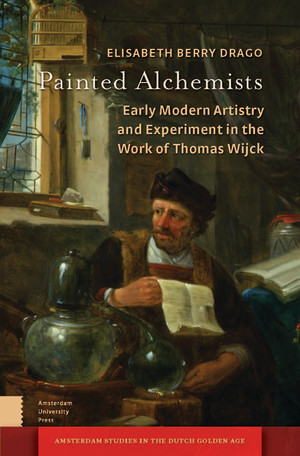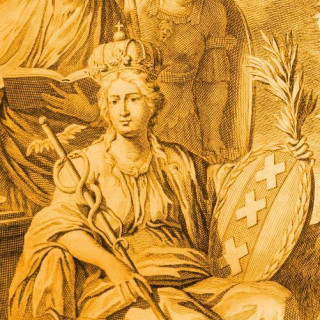"Painted Alchemists is the first comprehensive study of the work of the unjustly neglected Haarlem painter, Thomas Wijck (1616–77), whose many portrayals of alchemists can be considered a thematic specialty on his part. But the book is much more than that, as Wijck’s pictures enable the author to refute lingering pejorative misconceptions of alchemy during the early modern period."
- Wayne Franits, Renaissance QuarterlyVol. LXXIV, No. 4 (2021)
"Drago's careful study, based on painting inventories and other period evidence, provides a compelling picture not only of Wijck, but of other Netherlandish artists who painted alchemical scenes."
- William R. Newman, Ambix 67:3 (2020)
"The interiors inhabited by the alchemists in the work of the Dutch artist Thomas Wijck (1616—1677) are fascinating and complex. [...] Elizabeth Drago's excellent new book [...] is the first study to address this important aspect of Wijck’s work and career (notably, there is no catalogue raisonné on the artist). [...] Drago’s book moves between the monographic and thematic, offering new perspectives on Wijck as a painter, printmaker, and draughtsman, as well as the wider artistic, cultural, and professional contexts to which he belonged."
- Lara Yeager-Crasselt, HNA Review of Books, July 2020


